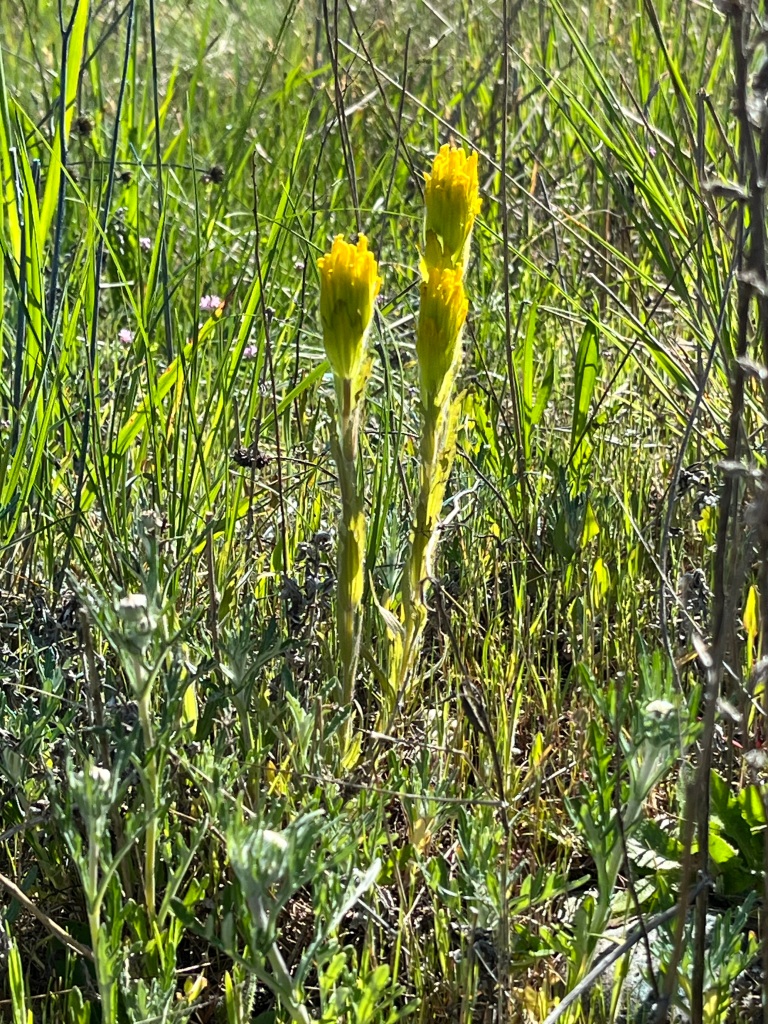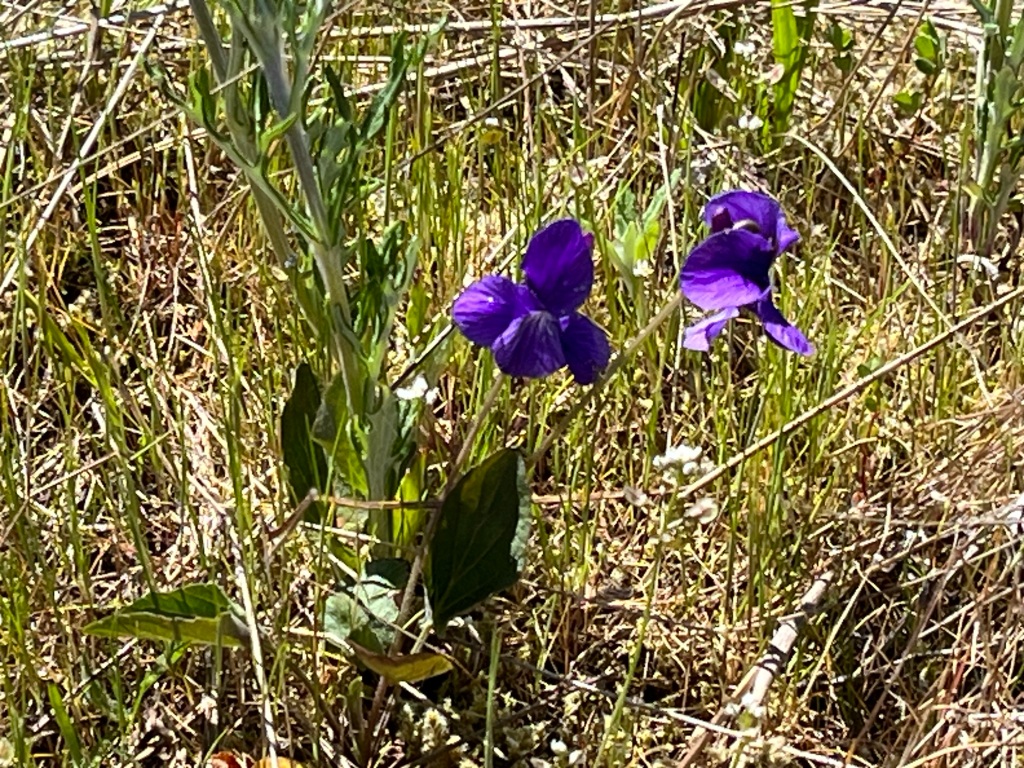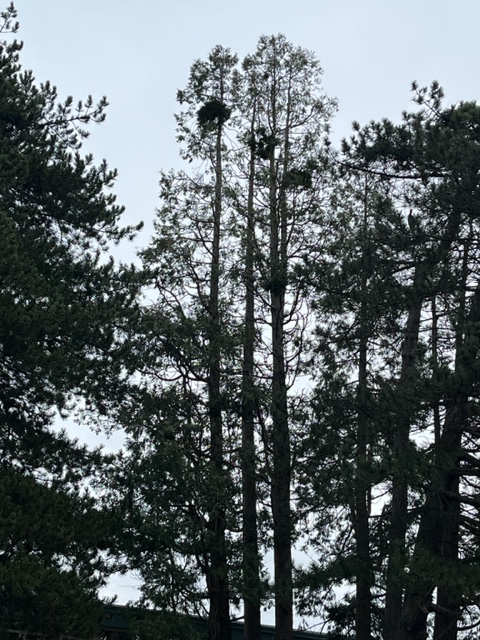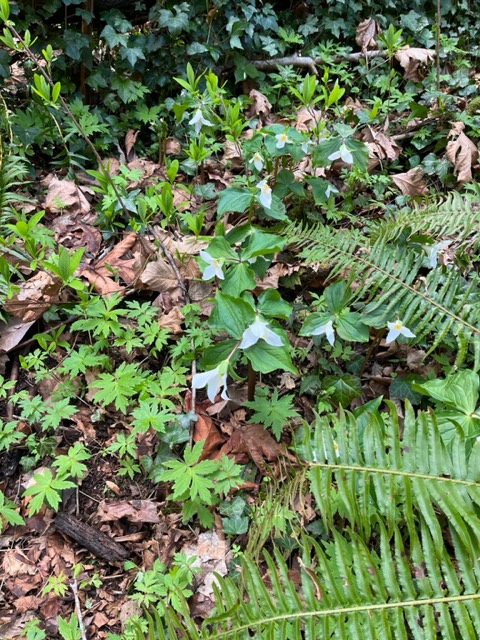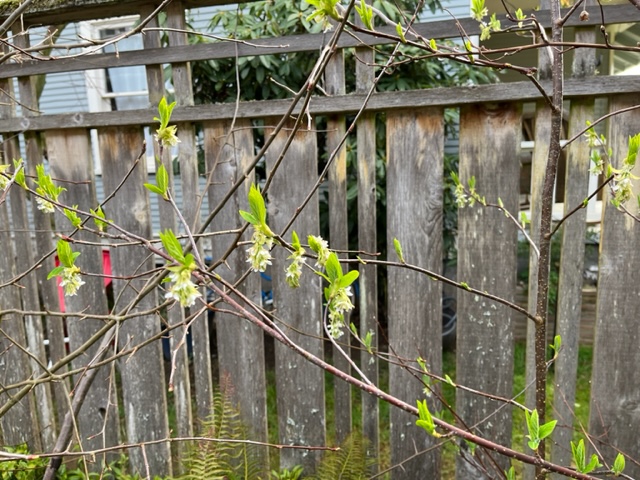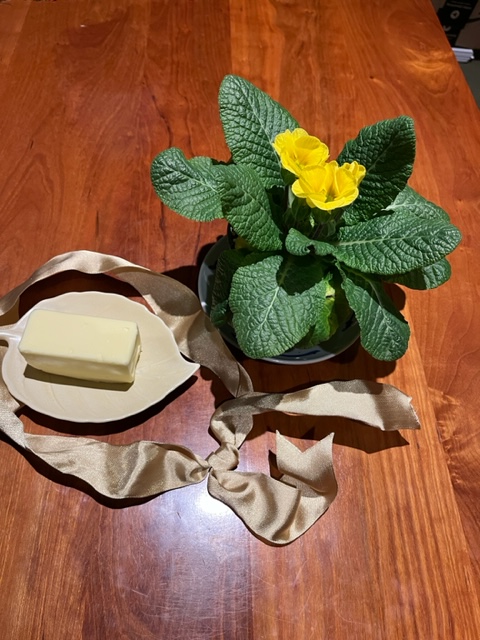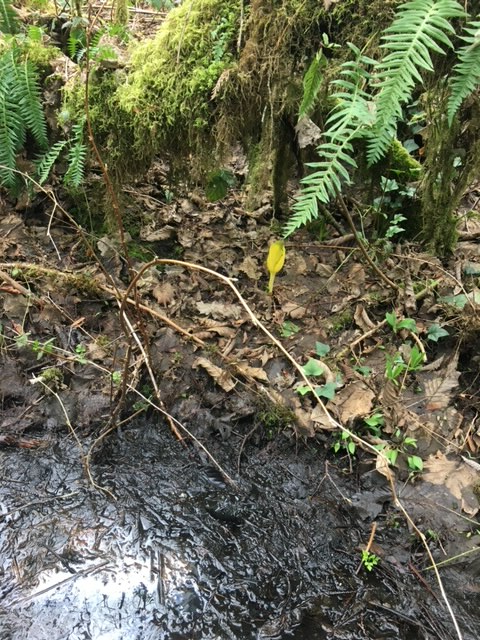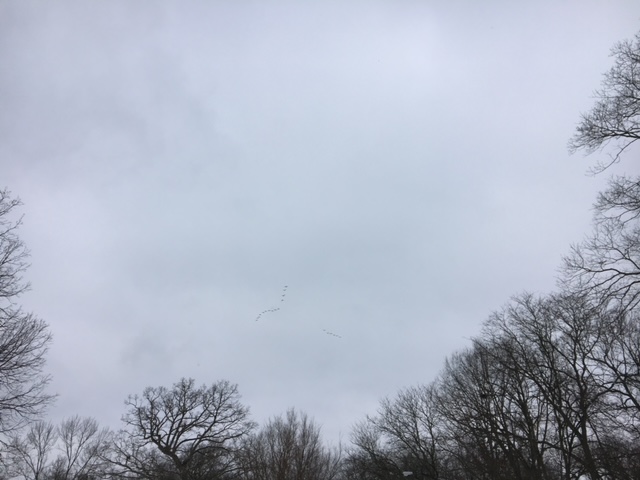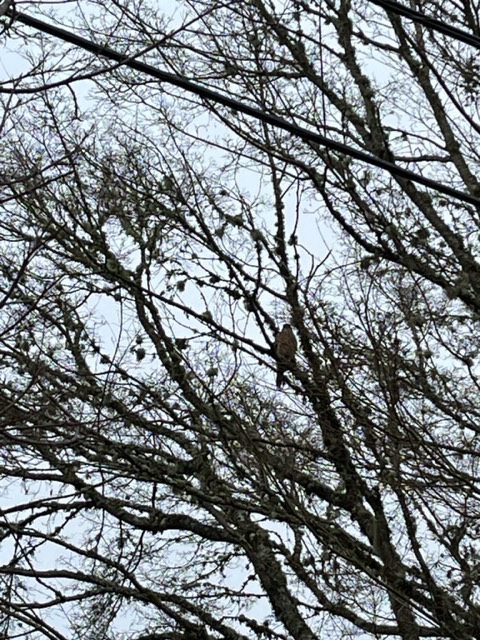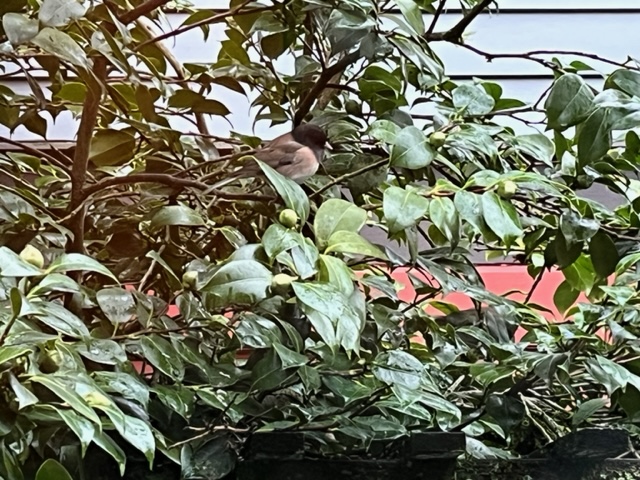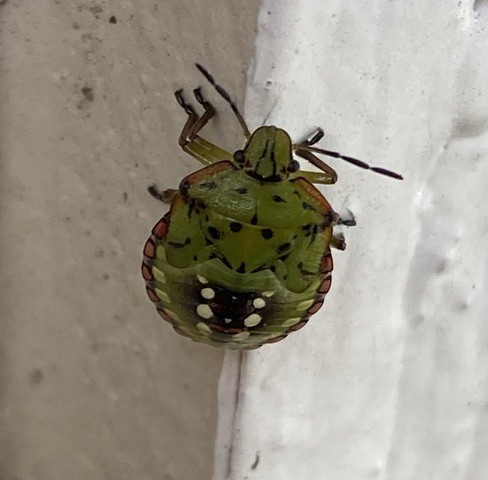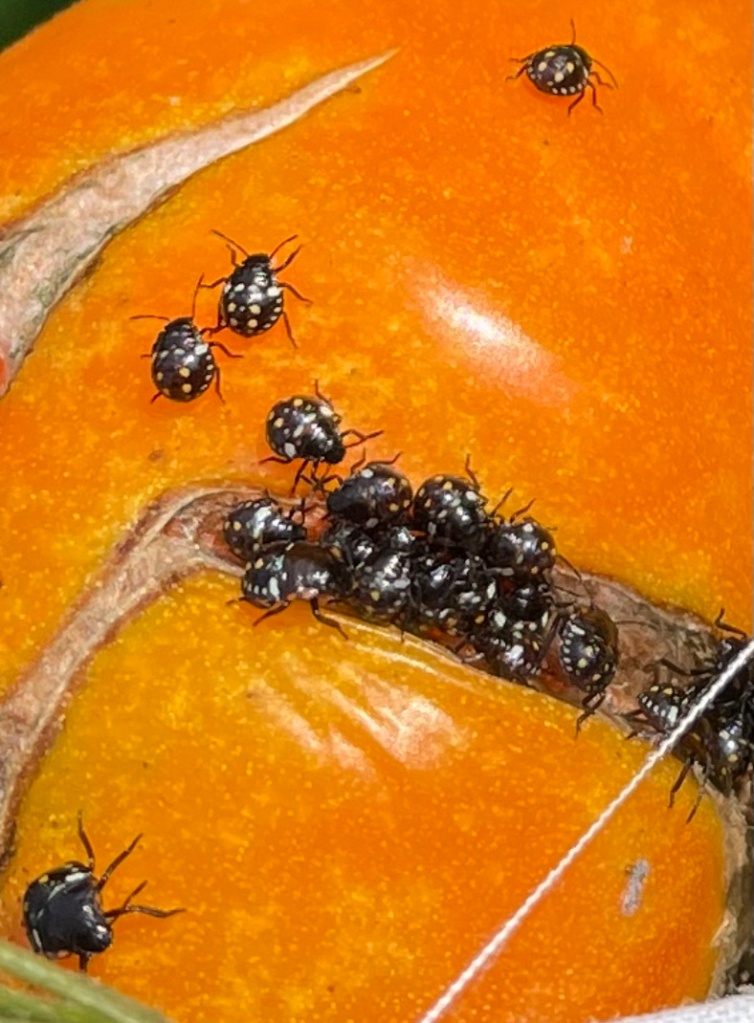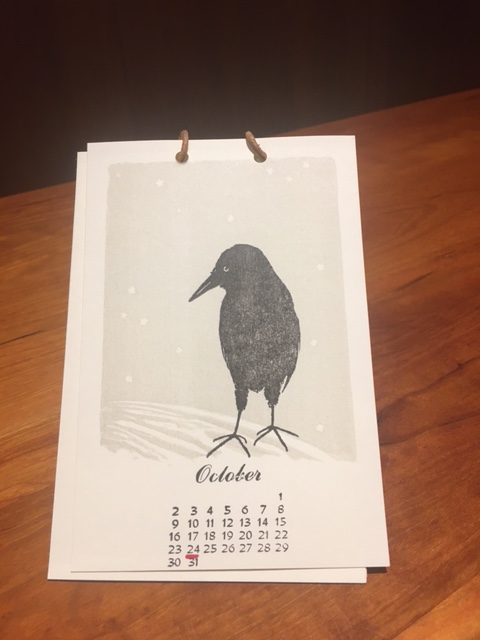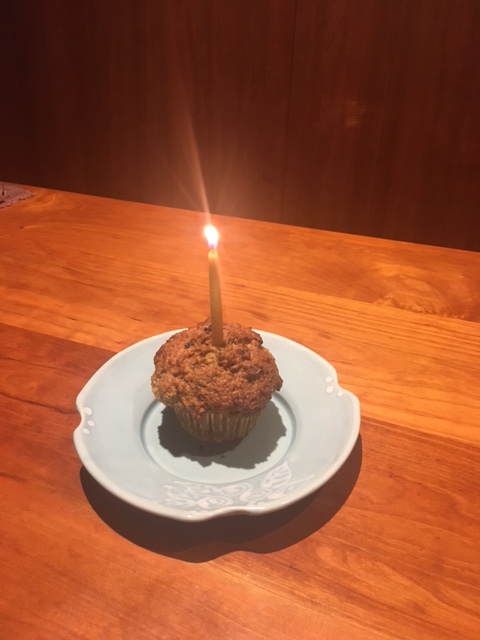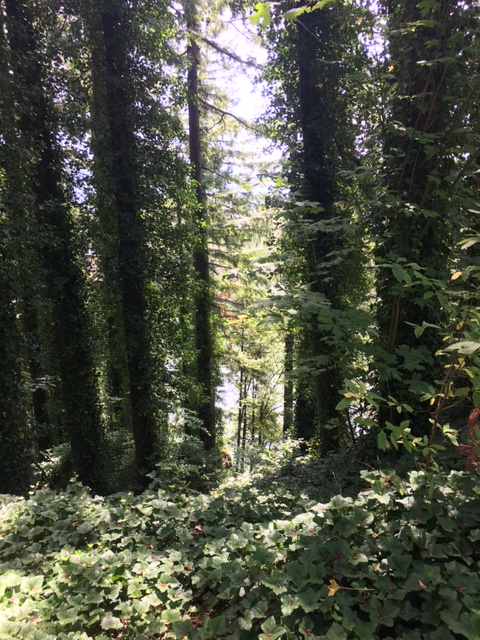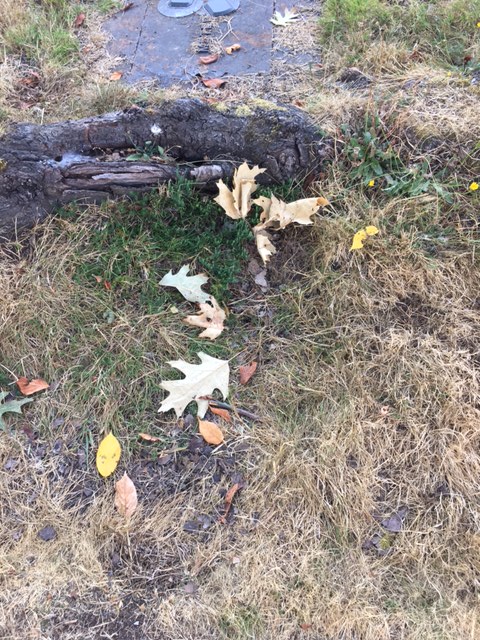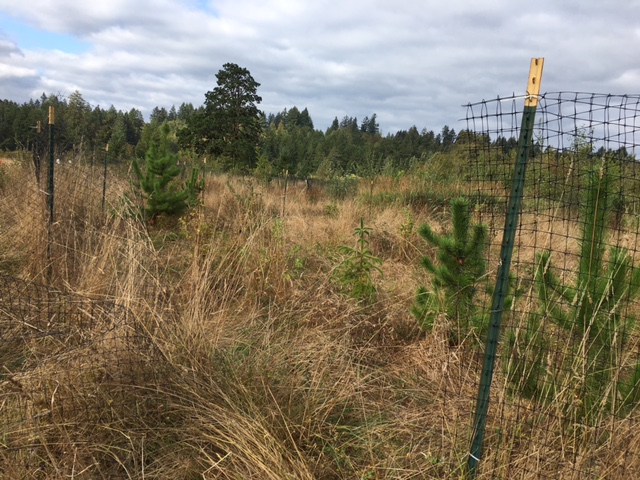My Audubon calendar marked yesterday as World Migratory Bird Day, a very important topic but one that felt a bit late to the party. Judging by all the activity in my garden the birds have long settled in for the season. I missed my chance to check out a wonderful sounding website BirdCast that has found a way to track and map birds on their seasonal treks, correlating their movements with weather patterns and distinguishing their small bodies from other moving objects…like bats! I hope to revisit this site come autumn to marvel the images of the mass of moving specks crossing my local skies. One thing I didn’t know was that many birds fly by night, making migration even more of a mystery.
Instead, we celebrated Glacial Prairie Day, a much beloved and missed outing since the Covid closures, but now back for its one-day-a-year special opening of a conserved prairie near Olympia. This is a very special and rare place. These prairies developed thousands of years ago as the glaciers from the last ice age melted away leaving a gravelly outwash along the receding edges that favored grasses and a profusion of wildflowers over dense forest growth. The indigenous people, who settled the area as the ice released it, kept the prairies open using controlled burning which allowed their particular food plants to flourish. As Euro-American settlers later proliferated, this practice was lost as much of the wild prairie lands were ploughed, built-over, or allowed to revert to trees. Only small remnants remain like small blue seas in spring, rippling with camas plants in the breeze.



But the alarm has been heard and some of these places have been saved, restored, and cared for using both modern methods and ancient burning tactics. The Heritage Glacial Prairie, under the auspices of the Thurston County Center for Natural Lands Management, is one of these conserved areas. Native plant enthusiasts, Audubon members, and myriad others flocked to the re-opening, rejoicing in the blue sky and blue fields of camas flowers. The 1,100 acres with carefully laid out trails had room enough to allow a meandering pace, spacious views across expanses of fields and rolling hummocky hills stretching up to the higher Black Hills, punctuated with single trees or small stands of Douglas fir, and lined by mossy woods following the course of a river on one side.
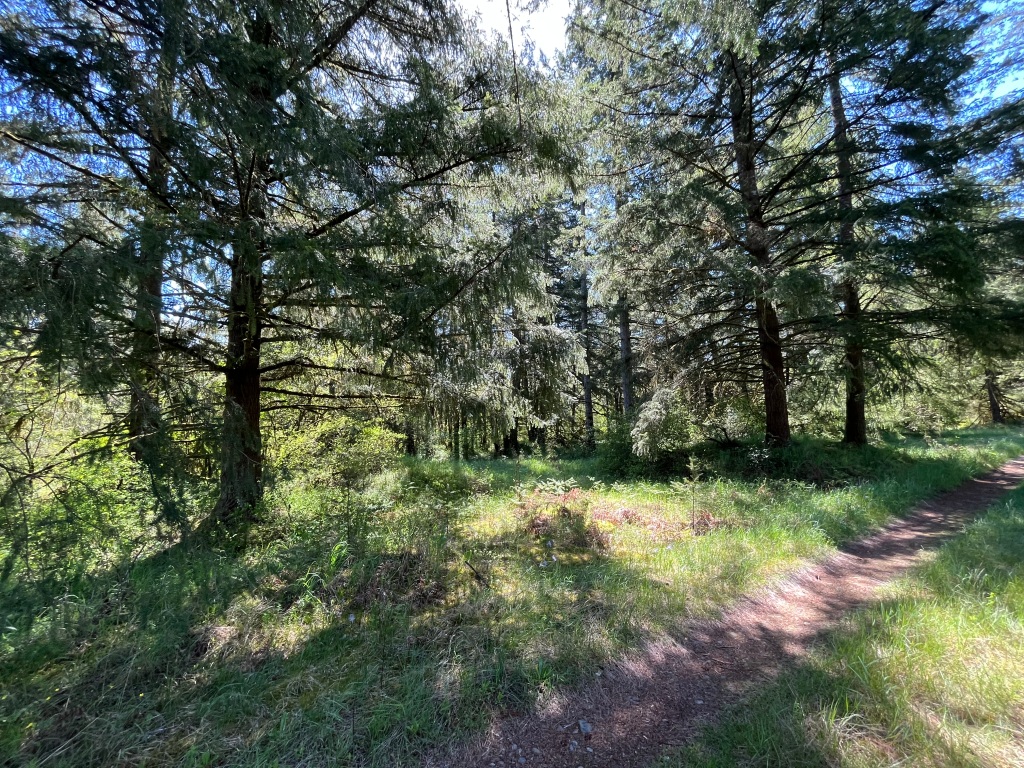
The main show was the flowers. The cloudless sky—also rare—was the perfect complement to the pastel colors that dotted the path-side verge. We alternated between ohs-and-ahs as we spotted the many specimens on the ground and then searched the sky for birds. Purple martins cut arcs above us or fluttered to their perches in clusters of bird boxes high on poles, singing and burbling as the spirit moved them. All the while the breezes refreshed us; the very air felt alive and welcoming. We were in a daze of happy discovery: grateful for the day, grateful for all who worked to save this place and open it for our annual delight. We felt as restored as the prairie that buzzed with huge bees, tiny blue butterflies, flashing birds and waving camas blooms.


